CT Economic Development Leadership Has Been Changing, With More About to Arrive
/Incoming Gov. Ned Lamont’s transition team looked at the state’s economy and business climate and declared, "Given the current fiscal pressures and environment in Connecticut, an economic development and pro-growth platform must have the laser-like focus of the new administration.” If the new administration follows through on that pointed recommendation, it will do so with a relatively new line-up in the field as well as in the administration, where, in addition to a businessman Governor, expectations are that Connecticut will have it's first Secretary of Commerce, along with a restructured economic development framework and approach.
One needs only look as far as four of the state’s leading business organizations to see that change is already underway around the state, and Connecticut’s economic development line-up is in the midst of a major makeover.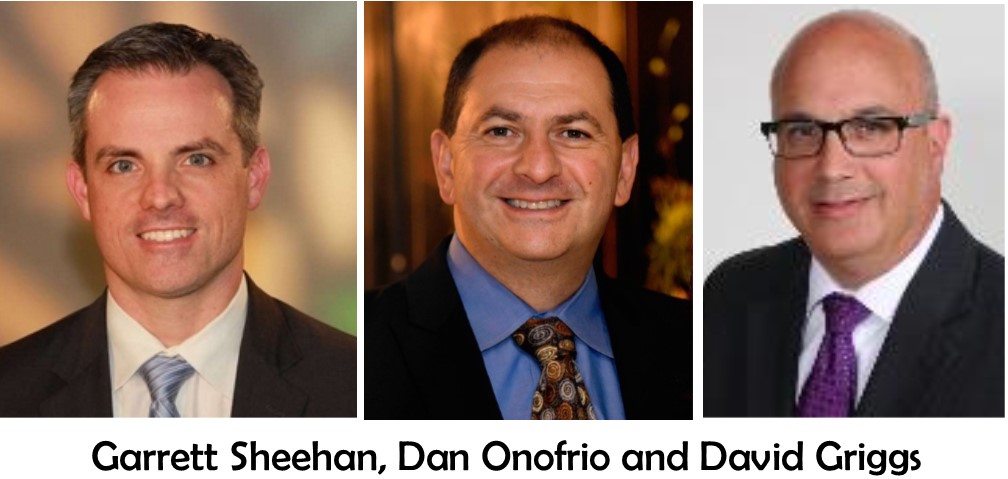
The Greater New Haven Chamber of Commerce, the MetroHartford Alliance and the Danbury Chamber of Commerce all have leaders at the helm who came on board with the past year. And less than two months ago, the Bridgeport Regional Business Council saw a new leader take the reins.
Dan Onofrio began as president and CEO of the Bridgeport Regional Business Council (BRBC) in November after a decade as executive vice president of operations and general manager of business systems operations at Environmental Data Resources. He is also a franchise partner in three Rita’s Ice franchises in Connecticut and was the co-founder of the Greater Valley Chamber of Commerce’s Young Emerging Professionals business networking group, the Fairfield County Business Journal reported.
“The greater Bridgeport region has so much opportunity and I see so much potential to be part of the good things that are ahead of us,” Onofrio said in a recent interview. “There is a perception that it is difficult to do business in Connecticut, so I think that we — not just as a region but as a state — need to change the perception of what Connecticut is and what we have to offer.”
Among his top priorities: “to get engaged with the small-business community as well as the large corporations, and to work with the universities to see how we can create that ecosystem to create a sustainable downtown.” Widening to a statewide lens, he observed “If policy in Hartford can change, we will see a domino effect of activity in Connecticut that will boost the economy. But it’s not a silver bullet — there are a multitude of things that need to happen.”
Garrett Sheehan has served as president of the Greater New Haven Chamber of Commerce (GNHCC) since March. Before taking the post at the chamber, Sheehan worked as a broadcast journalist, in economic development and at United Illuminating (UI). He grew up in Middlefield before career stops elsewhere in the country, and service in the U.S. military. The Chamber of Commerce advocates for business interests in New Haven and 15 suburbs, from Madison to Wallingford to Orange to Milford. He also serves as 1st Vice President of the Connecticut Economic Development Association.
Sheehan said recently, “from an economic development standpoint I think [the region] has a really strong selling point: location, quality of workforce, institutions of higher education here, and business space we have here… I’m from Connecticut I want to be a part of the solutions to make Connecticut a great place to be.”
The MetroHartford Alliance’s new leader, David Griggs, also took the helm in March, moving to Connecticut from a similar economic development post in Minneapolis-St.Paul.
“Hartford is a fabulous region that has been flying under the radar,” Griggs said on his arrival in Hartford. “The world needs to know what a great place Hartford is, like the world knows what a great place Minneapolis is… Our focus needs to be less convention and visitors bureau-type messaging about Hartford being a great place to live, work, or play. It needs to be more of a focused message to very specific industries about why they need to be in Hartford if they want to prosper in the U.S. marketplace in their industry.”
In November, Griggs unveiled plans for a changing focus, including an internal restructuring with new leadership staff (to include a research director), strengthening recruiting strategies and an unprecedented level of travel to promote Greater Hartford across the country, the Hartford Business Journal reported. The Alliance will also rekindle its previous chamber function, bringing back the old Hartford Chamber of Commerce name that hasn’t been used in nearly two decades.
Peter “P.J.” Prunty, who served as director of CityCenter Danbury for the last two and a half years, was appointed as president and CEO of the 10-town Greater Danbury Chamber of Commerce last March. Prunty was born and raised in Danbury.





 In the Whalers’ final season in Hartford, 1996-97, attendance at the Hartford Civic Center had grown to 87 percent of capacity, with an average attendance of 13,680 per game. Published reports suggest that the average attendance was, in reality, higher than 14,000 per game by 1996-97, but Whalers ownership did not count the skyboxes and coliseum club seating because the revenue streams went to the state, rather than the team. Attendance increased for four consecutive years before management moved the team from Hartford. (To 10,407 in 1993-94, 11,835 in 1994-95, 11,983 in 1995-96 and 13,680 in 1996-97.)
In the Whalers’ final season in Hartford, 1996-97, attendance at the Hartford Civic Center had grown to 87 percent of capacity, with an average attendance of 13,680 per game. Published reports suggest that the average attendance was, in reality, higher than 14,000 per game by 1996-97, but Whalers ownership did not count the skyboxes and coliseum club seating because the revenue streams went to the state, rather than the team. Attendance increased for four consecutive years before management moved the team from Hartford. (To 10,407 in 1993-94, 11,835 in 1994-95, 11,983 in 1995-96 and 13,680 in 1996-97.)

 Overall state funding for public two- and four-year colleges in the school year ending in 2018 was more than $7 billion below its 2008 level, after adjusting for inflation, according to the study.
Overall state funding for public two- and four-year colleges in the school year ending in 2018 was more than $7 billion below its 2008 level, after adjusting for inflation, according to the study.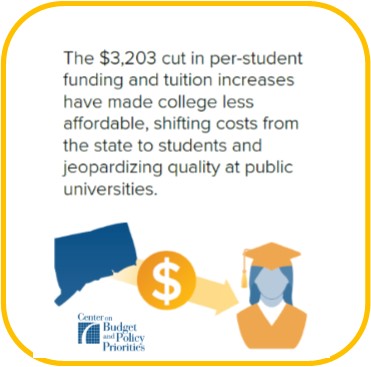

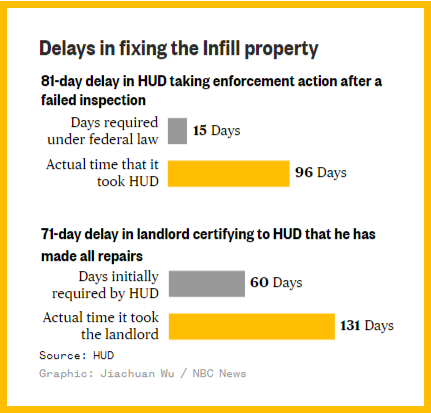
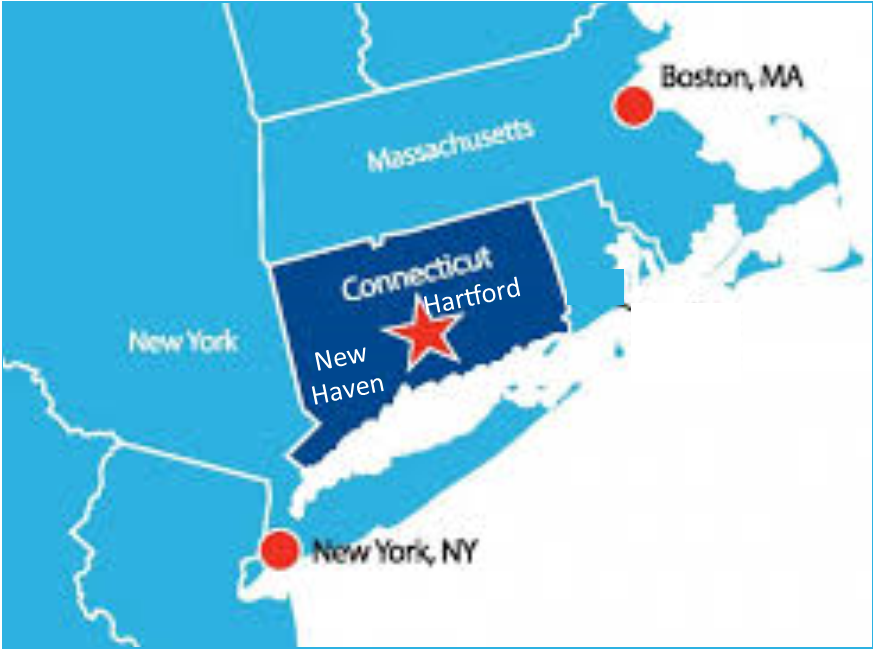 The characterization of two of the state’s largest cities as potential “suburbs” of New York and Boston, seemingly overlooking Bradley International Airport and Tweed-New Haven in the process, has raised questions from officials.
The characterization of two of the state’s largest cities as potential “suburbs” of New York and Boston, seemingly overlooking Bradley International Airport and Tweed-New Haven in the process, has raised questions from officials.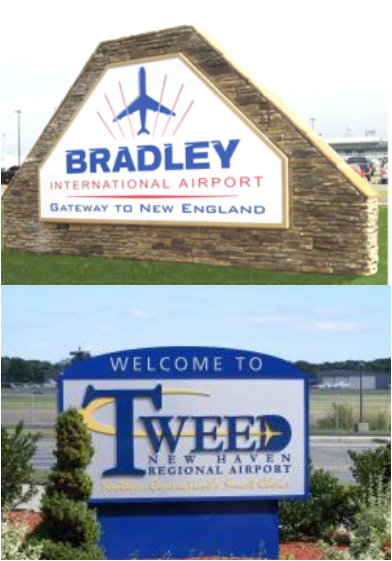
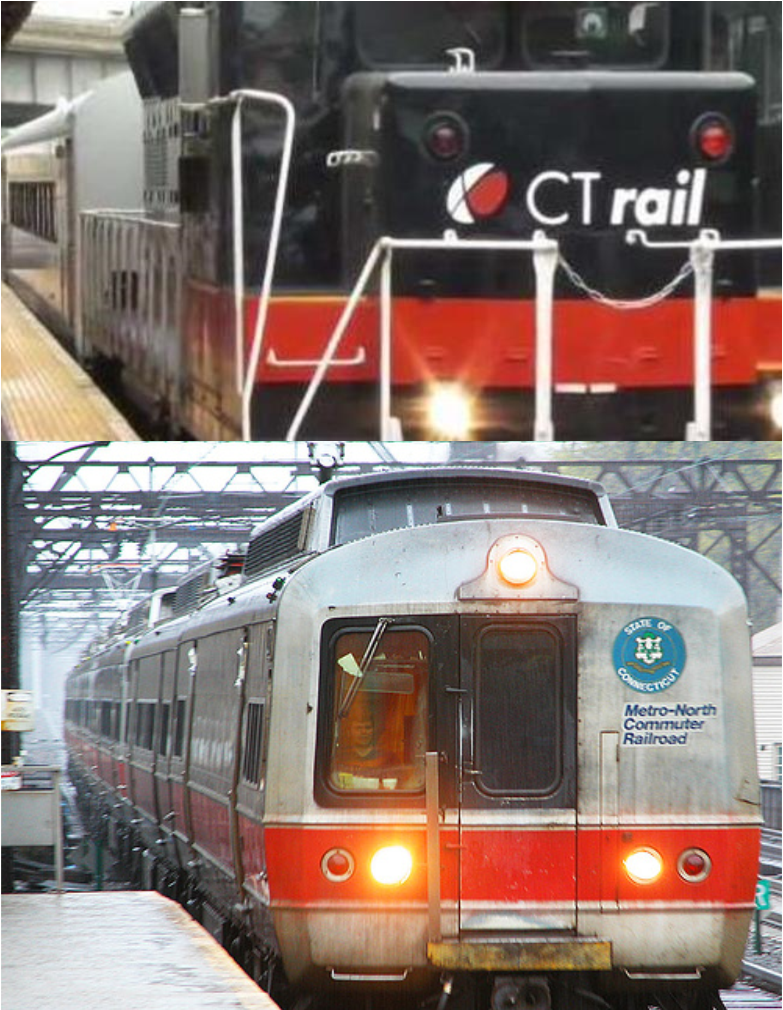 Cohen, who has received national recognition in his field, praised the CTrail Hartford line - which connects New Haven, Hartford, and Springfield, MA - and CTfasttrak bus line – which links Hartford and New Britain - noting that “we are starting to see residential and business development near the stations, and this is one of the big benefits of transit.”
Cohen, who has received national recognition in his field, praised the CTrail Hartford line - which connects New Haven, Hartford, and Springfield, MA - and CTfasttrak bus line – which links Hartford and New Britain - noting that “we are starting to see residential and business development near the stations, and this is one of the big benefits of transit.” The strong turnout percentage this year is underscored by the fact that the number of registered voters is considerably larger. As of Nov. 2 – not including those individuals who registered and voted on Election Day – the number of registered voters in Connecticut was 2,165,045, according to the Office of Secretary of the State. Back in the ‘90’s, the list of registered voters hovered between 1.7 million and 1.8 million. This year’s election brought a higher percentage of voters to the polls from a larger list of individuals registered to vote.
The strong turnout percentage this year is underscored by the fact that the number of registered voters is considerably larger. As of Nov. 2 – not including those individuals who registered and voted on Election Day – the number of registered voters in Connecticut was 2,165,045, according to the Office of Secretary of the State. Back in the ‘90’s, the list of registered voters hovered between 1.7 million and 1.8 million. This year’s election brought a higher percentage of voters to the polls from a larger list of individuals registered to vote.
 e the community a better place.”
e the community a better place.”





























